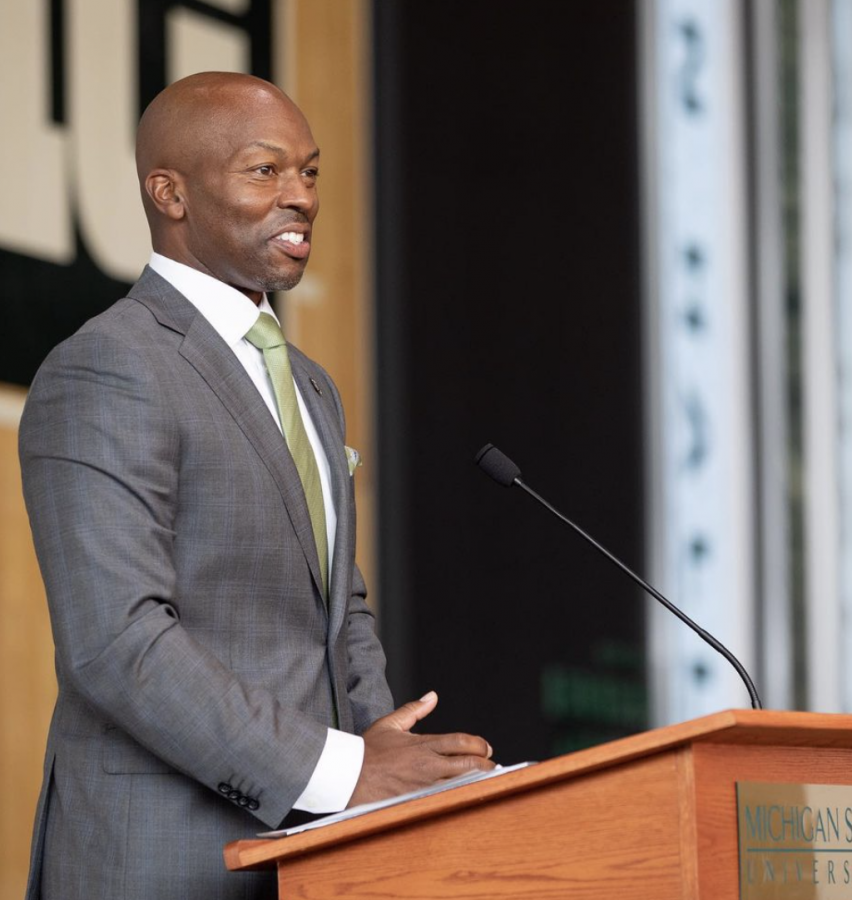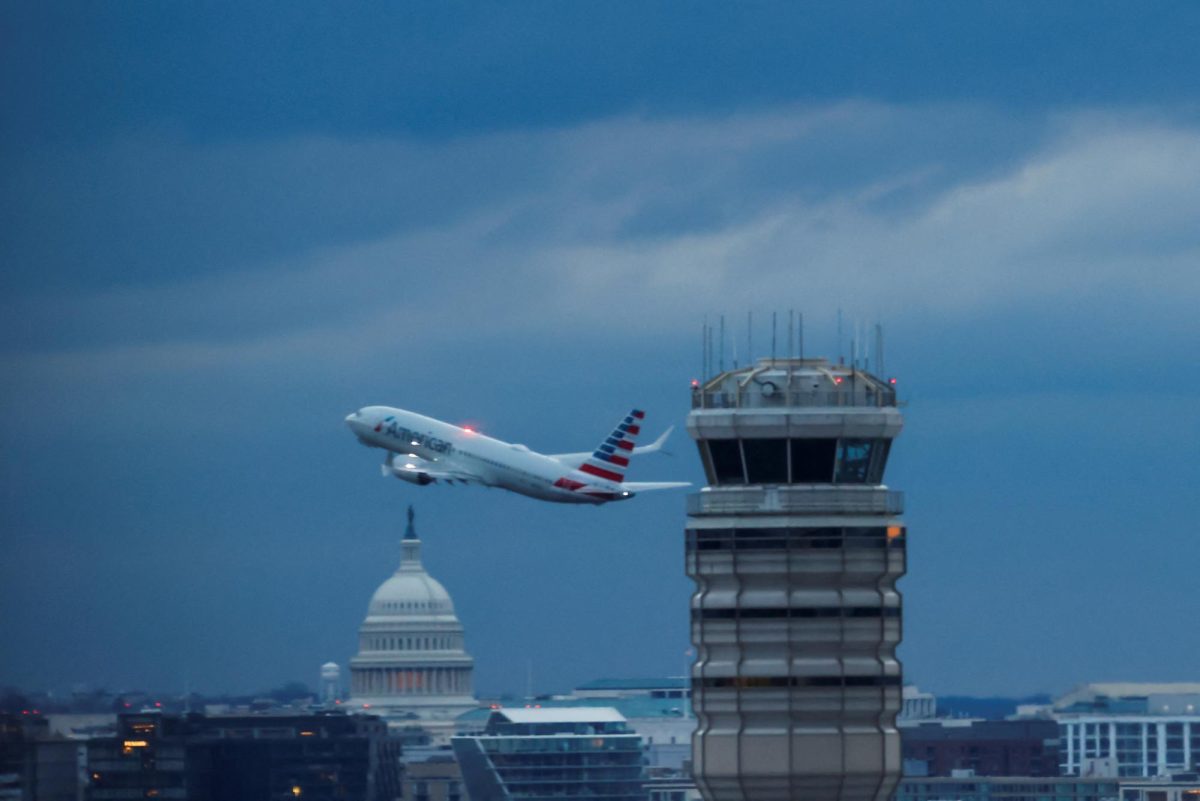The United Auto Workers have been striking against Ford, General Motors and Stellaris since Sept. 22 following the end of the previous contract between the union and the Big Three automakers on Sept. 14. Negotiations have been ongoing ever since.
Tensions have been mounting amongst auto workers who feel they are entitled to higher wages, improved retirement and pensions, and higher job security. UAW President Shawn Fain pointed out in a livestream broadcast that while profits for these companies have risen 65% over the last four years, the subsequent employee pay has increased by only 6%.
However, a 40% increase in pay is only one of the demands coming from the UAW. Others include a 32 hour work week, down from the usual 40, along with better pensions for retired employees, abolishment of wage tiers and improved healthcare.
The UAW is using a tactic referred to as “stand-up” strikes which has different plants striking at specific times while the others continue to work. The union has a $825 million strike budget and has expanded from the UAW capital of Detroit to cities like Lansing and Grand Rapids. So far the strike has reportedly cost GM over $200 million dollars.
As of Oct. 6, three weeks into the strike, the UAW seems to be making headway as a significant concession was made by General Motors to allow electric vehicle battery manufacturers to be placed within the union. Following these negotiations, the UAW announced that they would not be expanding their strike, potentially paving the way for a resolution.





















